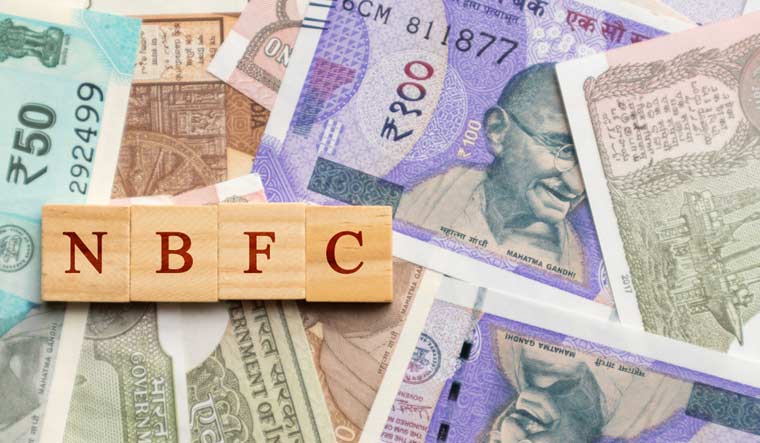The stressed assets of the NBFCs (Non Banking Finance Companies) is expected to hit about Rs 1.5-1.8 lakh crore by the end of this fiscal. It is expected that the reported NPAs of the NBFCs will rise. It is being believed that a restructuring may provide some respite to the already stressed sector. As per a CRISIL report the one time COVID-19 restructuring window, and the micro, small and medium enterprises (MSME) restructuring scheme offered by the Reserve Bank of India (RBI) will limit the reported gross non-performing assets (GNPA).
CRISIL observes that unlike previous crises, the pandemic impacted almost all the NBFC asset segments. NBFC operations were curbed the most in the April-June quarter and as a result the disbursements and collections were severely affected by the hard braking of economic activity. The report says that the collection efficiency of the NBFCs has improved since then, but it’s still some way off pre-pandemic levels in the MSME, unsecured and wholesale segments, given the volatility in underlying borrower cash flows. However, it has been observed that some NBFCs have curtailed the impact on asset quality via better risk management and collection processes.
“This fiscal has brought unprecedented challenges to the fore for NBFCs. collection efficiencies, after deteriorating sharply, have now improved, but are still not at pre-pandemic levels. There is a marked increase in over dues across certain segments and players. Nevertheless, gold loans and home loans should stay resilient, with the least impact among segments,” pointed out Krishnan Sitaraman, senior director, CRISIL Ratings.
The report observes that alongside wholesale loans (dominated by real estate and structured credit), vehicle finance, MSME finance and unsecured loans have been in spotlight this fiscal due to a rise in stressed assets. CRISIL expects that the impact on vehicle finance will be transitory, and collection efficiencies will continue to improve over the next few quarters as economic activity improves. The report points out that the light commercial vehicle segment has seen collection efficiency steadily rising, while the medium and heavy commercial vehicles segment is still lagging. The stress in this portfolio is likely to be driven by segments such as tourist bus, school bus and commercial car loans.
The report foresees one of the big challenges to the NBFCs in the unsecured personal loans segment, where underlying stress has increased significantly. Unsecured loans to the MSMEs is another area where underlying borrower cash flows have been affected. It is also expected that restructuring of NBFCs will differ by asset class and segment.
Many other experts feel that stressed assets will remain a major cause of concern for the NBFCs in the near future as well. “NBFCs have been facing a challenging operating environment since the debacle of Infrastructure Leasing & Financial Services (IL&FS). Further, the COVID-19 pandemic has augmented the stress faced by the sector. Going forward in 2021, stressed assets are expected to remain a serious concern for NBFCs. Headwinds to the MSME segment and commercial real estate sector are expected to pose risk to NBFCs. Nonetheless, the NBFC sector does not pose contagion risk to the banking system. RBI’s contagion risk analysis shows, failure of the NBFC or a housing finance company with the maximum capacity to cause solvency losses to the banking system, will not lead to failure of any bank,” remarked Arun Singh, global chief economist, Dun and Bradstreet.
Few experts feel that as the economy opens up, spending by consumers and businesses has started to finally look up. The GDP figures are also looking better than previously projected and the recent ratings upgrade of India by Credit Suisse is a clear indicator of this. This is, however, presenting a challenge to lenders as with increased spending it is likely that there would be less capital deployed towards repaying past dues. Some of it will be offset by additional borrowing in the ecosystem and recovery of receivables by businesses.
“NBFCs who are carrying a significant amount of stressed assets and those who may have sector concentration in industries like commercial real estate, travel, dining, entertainment, etc. which are likely to take a little longer to recover may be adversely impacted. These institutions will need to raise more capital as well as focus on cutting costs and double their efforts in collections. They would also be well served by diversifying their portfolio by deploying capital in segments that are lower risk and with higher demand. They are likely to benefit significantly by partnering with fin tech firms and other niche companies who could be sitting with captive demand pockets that are lower risk and can be tapped into,” said Avinash Godkhindi, CEO of Zaggle.





